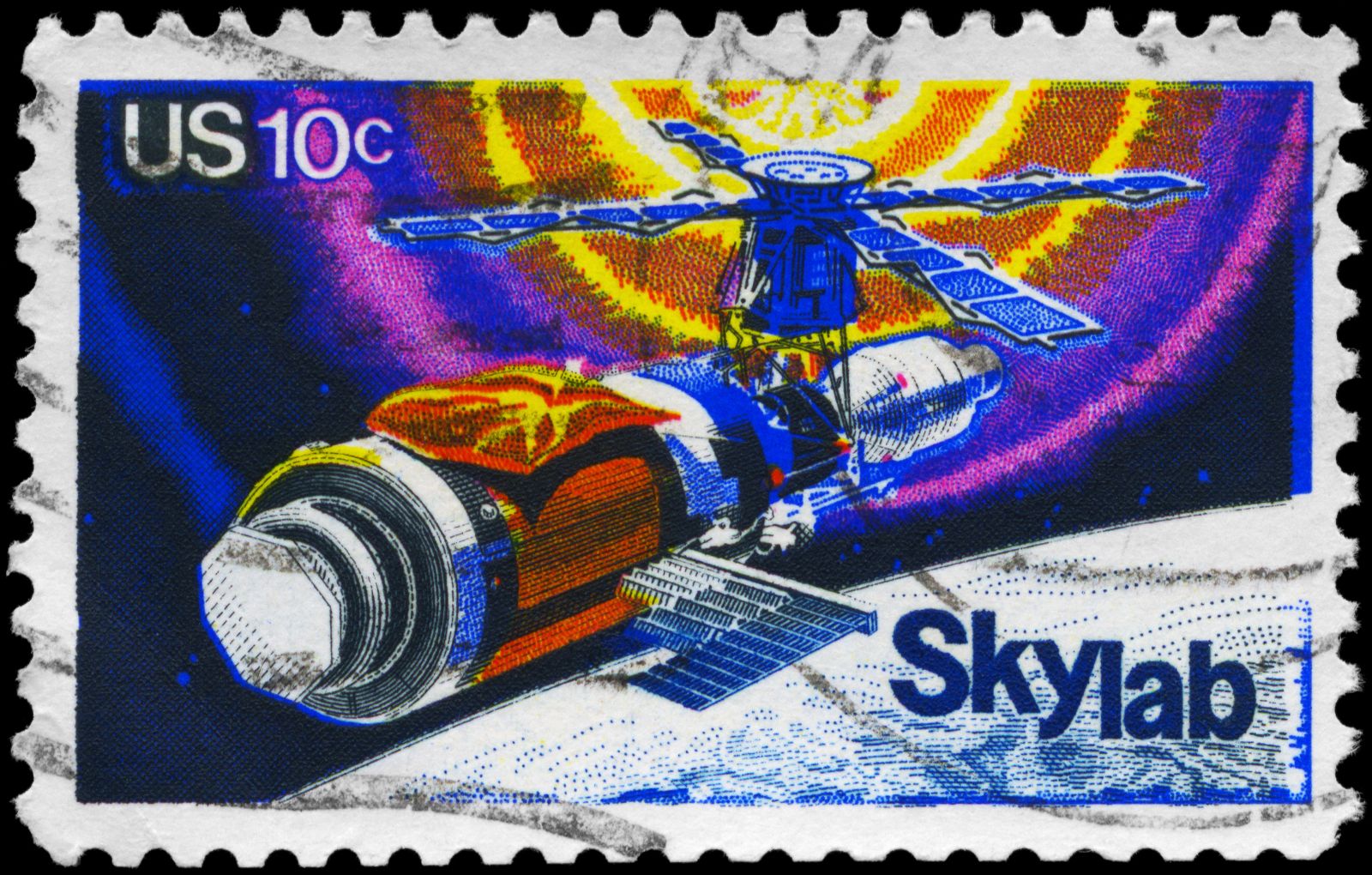Good decision makers analyze alternatives and choose wisely. But what if the alternatives are not clear or don’t yet exist? In choosing a new process or product, you may be creating a new alternative. When the alternatives are not obvious, you need to take a more creative approach and push the boundaries a bit.
Consider the concept of decision-making.
When people look at decisions, the view is often black and white: is it the right or wrong decision? At Kepner-Tregoe, we prefer to look at decisions on a continuum of better or worse decisions. The goal is to make the best-balanced choice. The process for doing this looks at objectives and then uses these as the criteria to help describe what the final selection should look like.
Alternative selections that don’t meet the most basic objectives—musts—can be eliminated. Only alternatives that have what we desire—wants—are considered. These criteria or wants are weighted according to their relative value and are different from the black and white Musts. They offer some flexibility in assessing what combination of solutions is desirable in serving up the best-balanced choice. These criteria are the real drivers of decision-making, because they keep the focus on the original purpose of the decision. Sometimes teams focus on the alternatives or solutions first, which runs the risk of becoming excited about less important aspects of the desired solution.
Separating the discussion of goals or objectives from the argument about the favored solution works well for individuals, and is vital for teams making a decision. Giving stakeholders a voice in shaping the goals or criteria is the primary factor in generating buy-in; that’s more supportive than grudging compliance.
Where does creativity fit in?
To open decision makers up to new alternatives or guide decision-making when alternatives are not easily imagined, it pays to think outside the box. For example, in deciding on a new process, nothing is waiting on a shelf, the process must be constructed. For creative decision analysis, take a few extra steps to come up with more and/or better alternatives.
Add detail to your vision and consider alternatives that meet the details.
When the decision has been implemented, what will it look like? Create a much richer vision of how it looks and feels. What would we see, hear, smell, touch that means this objective has been met? What would our customers and colleagues tell us to show we had met the objective? Imagine this and record it with objectives that add precision. Let these detailed criteria describe how customers will respond and tell the story of what it will look like once the decision is made and implemented. Identifying detailed results can improve the generation of alternatives.
Creative Decision Making: An Example
Deer and rabbits are destroying my garden. We want to: Choose the best solution for protecting the garden from pests. Our objective is:Stop the rabbits and deer. We brainstorm and come up with a creative list of diverse alternatives.
But more detailed discussion of objectives will allow creative thinking to work better. If you want people to think out of the box, we need to provide that box, and that’s what a good set of objectives will do. So we brainstorm more detailed sub-objectives, and here’s the example:
- Minimize cost
- Avoid harming children
- Avoid harming pets
- Reduce damage to flowers
- Keep more vegetables for the family to eat
- Aesthetically look ok
- Minimize ongoing cost
- Not upset the neighbors
- Minimize suffering of rabbits and deer
Now, instead of asking: what solutions can we imagine to stop the rabbits and deer, we can think about alternatives that meet each sub-objective. Some alternatives may seem silly or duplicate others but the list of potential alternatives will grow.
To brainstorm each sub-objective, ask,
What solution can I imagine to stop the rabbits and deer, that minimizes cost? What else?
What solution can I imagine to stop the rabbits and deer that avoids harm to pets and people? What else?
And so on…
Where once there were a handful of alternatives, by brainstorming the detailed objectives, the possibilities have grown.
In this case, we may want to choose a practical range of alternatives. By using the KT approach of weighting each objective with a 1-10 in importance, we can ask, which combination of options scores highest against the full set of objectives? We can find short-term and long-term solutions to use in combination.
Where there were initially only a few choices for meeting the objective, now there are many. Using sub-objectives, we identified a combination of short-term alternatives: lion dung purchased from the zoo, ultrasound to scare the deer and coyote urine on the boundary! For the long-term we can combine a fence, a hedge of planted woven willow whips, thorny rugosa roses, and changes to the location, type of vegetables and lighting.
Additional tips
When there are limited or no ready-made alternatives, creative approaches to decision making can yield superior results. Another creative approach to identifying alternatives is the use of opposites: Think about failure—how could you make things worse? How to attractdeer into the garden? Opposites can lead to new ideas—maybe someone can plant the things that attract deer on a field, away from the house. Another approach is building: Add an element to the last suggestion you hear before you make your own. This approach builds creativity and teamwork. Or try to be the object: Imagine yourself as the item being acted on. What would make you change for the better? Pretend to be the deer and consider what would deter you. Research deer behavior when faced with different obstacles.
When there are no ready-made alternatives, creative decision-making provides a way forward; it offers a creative approach to clear thinking in a complex world.







